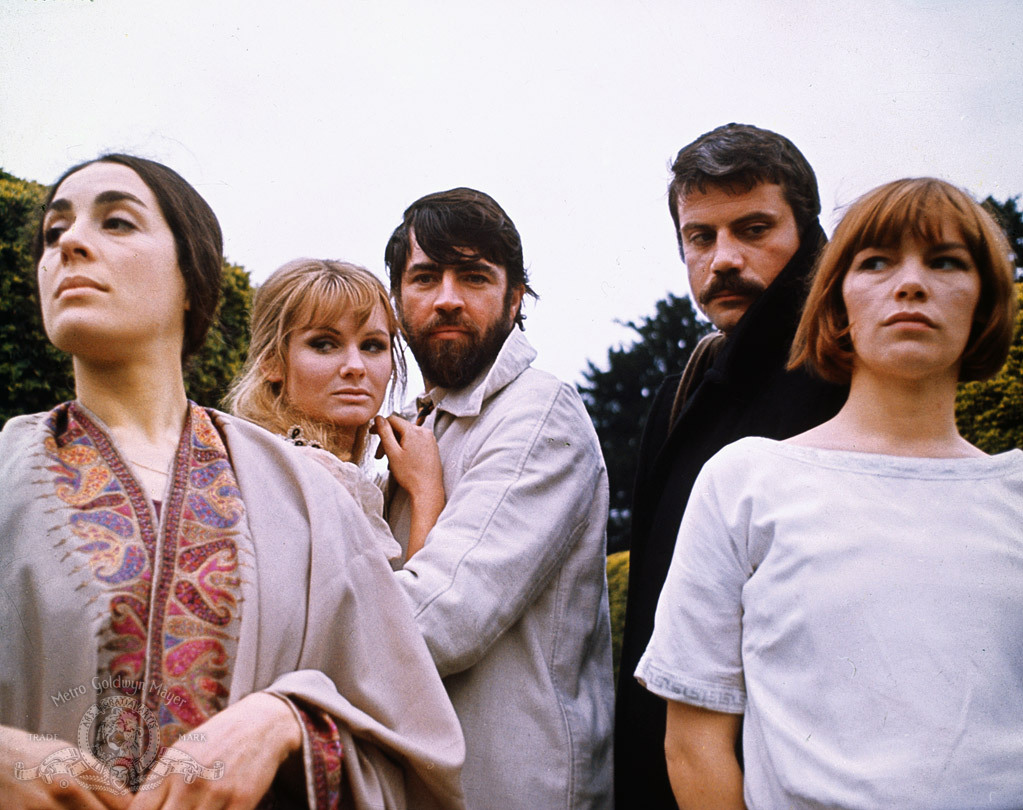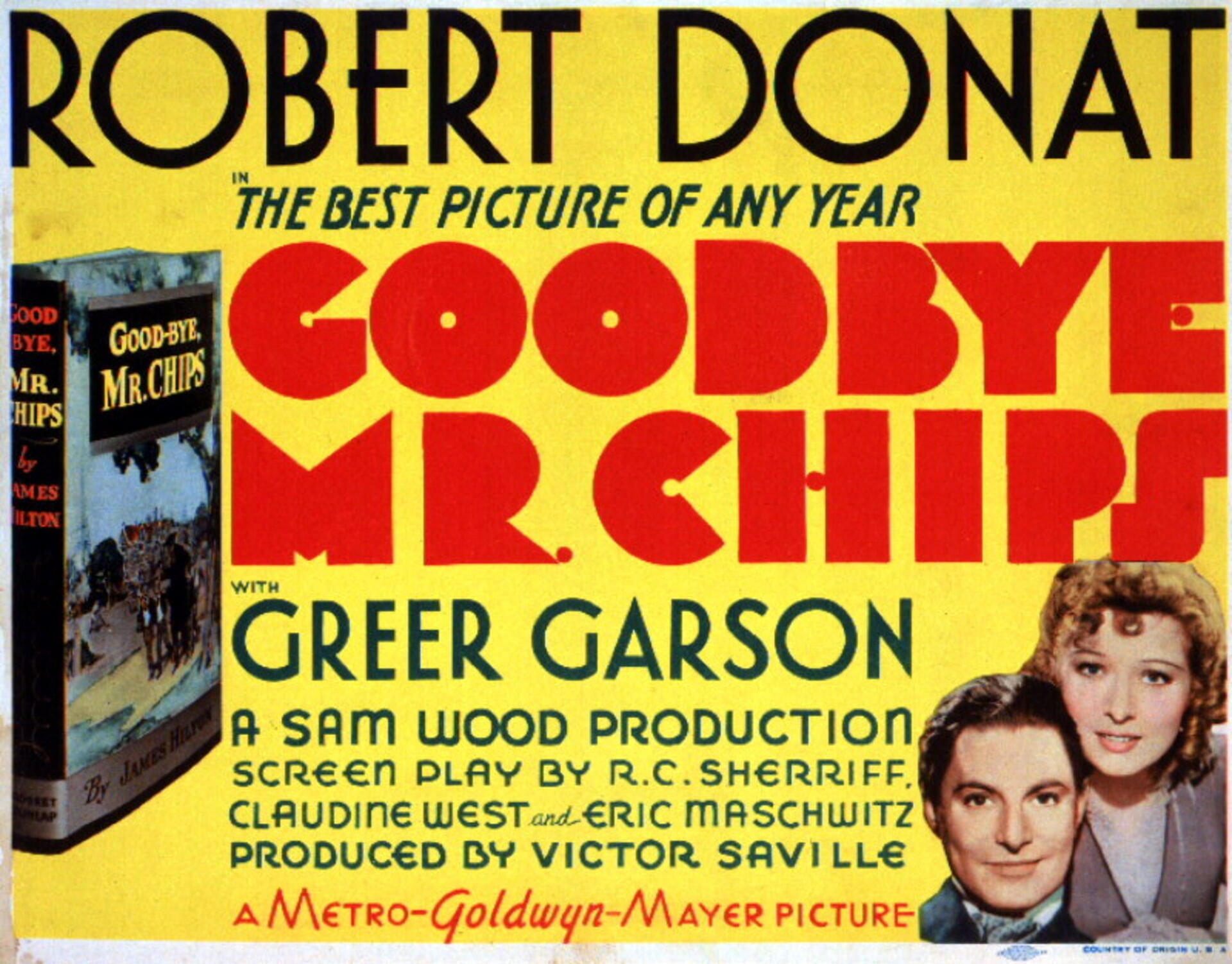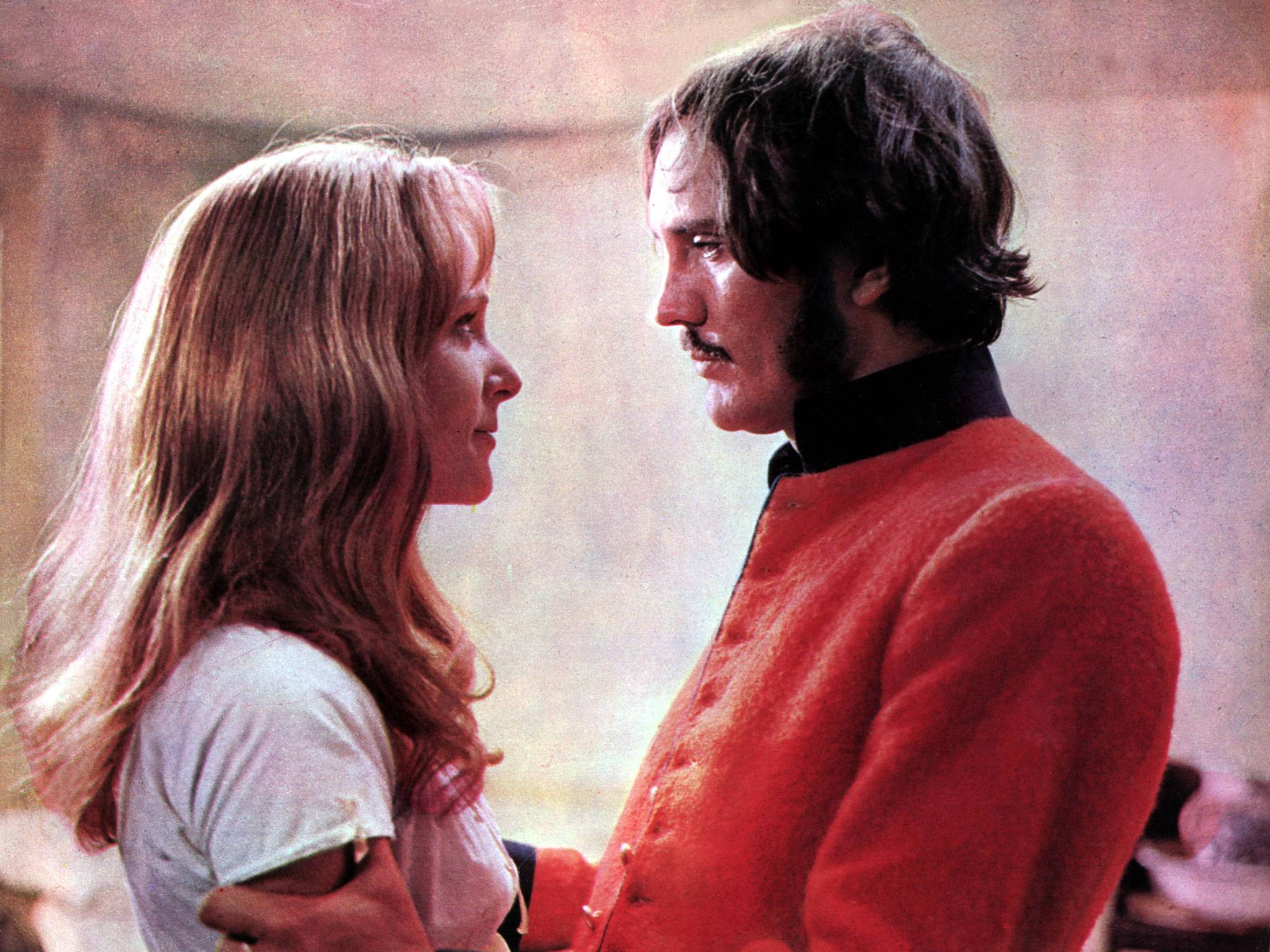
10 Interesting Facts and Figures About A Clockwork Orange (1971)
Stanley Kubrick’s A Clockwork Orange is a film that continues to provoke discussion and debate decades after its release. Adapted from Anthony Burgess’s 1962 novel, this dystopian tale explores themes of free will, violence, and societal control, all wrapped in a visually striking and unsettling package. Here are ten intriguing facts and figures about this classic British film that reveal its significance and impact on cinema and culture.
1. A Controversial Release
Upon its release in 1971, A Clockwork Orange generated significant controversy due to its graphic depictions of violence and sexual assault. The film was initially rated X, which limited its audience and led to protests in several cities.
2. The Iconic Soundtrack
The film features a unique soundtrack that blends classical music with unsettling scenes of violence. One of the most memorable pieces is Ludwig van Beethoven’s Ninth Symphony, which becomes a recurring motif tied to the protagonist, Alex.
3. A Box Office Success
Despite its controversial nature, A Clockwork Orange was a commercial success, grossing over $26 million in the United States alone. This figure was impressive for a film with an X rating at the time.
4. Malcolm McDowell’s Transformation
Malcolm McDowell, who portrayed Alex DeLarge, underwent a significant transformation for the role. He adopted a distinctive look featuring a bowler hat, false eyelash, and a unique wardrobe that has since become iconic.
5. The Language of Nadsat
The film introduces viewers to Nadsat, a fictional language created by Burgess that combines Russian and English slang. This unique linguistic style adds depth to the characters and the world they inhabit.
6. The Use of Technicolor
Kubrick’s use of Technicolor in A Clockwork Orange is particularly notable. The vibrant colors contrast sharply with the film’s dark themes, highlighting the grotesque nature of the story while creating a visually captivating experience.
7. A Glimpse of the Future
Set in a dystopian future, the film showcases a society plagued by youth violence and the failure of authority. Its portrayal of a breakdown of social order has been seen as eerily prophetic in light of contemporary issues.
8. Kubrick’s Directorial Choices
Stanley Kubrick employed groundbreaking filming techniques, including the use of innovative camera angles and slow-motion sequences. These choices enhance the film’s emotional impact and keep viewers engaged.
9. Academy Award Nomination
A Clockwork Orange was nominated for several Academy Awards, including Best Picture and Best Director for Kubrick. Although it did not win, the nominations helped solidify its status as a significant work in film history.
10. Legacy and Influence
The film has left a lasting legacy, influencing countless filmmakers and artists. Its themes continue to resonate, prompting discussions about morality, free will, and state control in modern society.
Conclusion
A Clockwork Orange remains a groundbreaking film that challenges viewers to confront uncomfortable truths about humanity and society. Its innovative storytelling, striking visuals, and thought-provoking themes ensure that it will continue to live on as a classic in British cinema. Whether you are a new viewer or revisiting this iconic film, its impact is undeniable, and the conversation it sparks remains as relevant today as it was in 1971.








